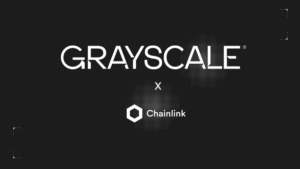TL;DR
- Railgun privacy protocol exceeds $1 billion in transaction volume.
- Vitalik Buterin, chief scientist at Ethereum, supports the protocol by using it for meaningful transfers.
- The protocol is experiencing notable growth as other cryptocurrency mixing protocols are shut down by regulators.
Adoption of the Railgun privacy protocol is on the rise, marking a milestone of surpassing $1 billion in transaction volume.
This notable achievement comes amid an increasingly strict regulatory environment for cryptocurrency mixing protocol.
In a move that has caught the attention of the crypto community, Vitalik Buterin, Ethereum‘s chief scientist, has actively supported Railgun by using it for sizable transfers, including a recent one of 80 ETH, valued at almost $300,000.
The Railgun protocol, launched in January 2022, has gained traction thanks to its focus on on-chain privacy, using technologies such as succinct non-interactive knowledge arguments (ZK SNARKs).
These allow users to hide their wallet addresses and validate transactions without revealing data publicly.
As other competitors, such as Tornado Cash and Sinbad.io, are shut down by regulatory authorities, Railgun has emerged as a strong and reliable alternative in the crypto privacy space.
However, Railgun’s growth is not without controversy
Allegations have been raised linking the protocol to the Lazarus Group, a hacking collective associated with North Korea.
Although Railgun has denied these claims and has implemented measures to block malicious actors, such accusations can damage its reputation and raise concerns among regulators.
Despite the challenges, the protocol has proven resilient, with a 146% increase in total value locked (TVL) and 460% growth since the start of the year.
This growth reflects the growing demand for privacy solutions in the crypto ecosystem, even amid more rigorous regulatory scrutiny.
Railgun stands out for its focus on security and privacy, offering users a secure and reliable way to transact on the blockchain without compromising their personal information.
With the regulatory and technological landscape continuing to evolve, the project’s ability to adapt and maintain high safety standards will be critical to its long-term success.











